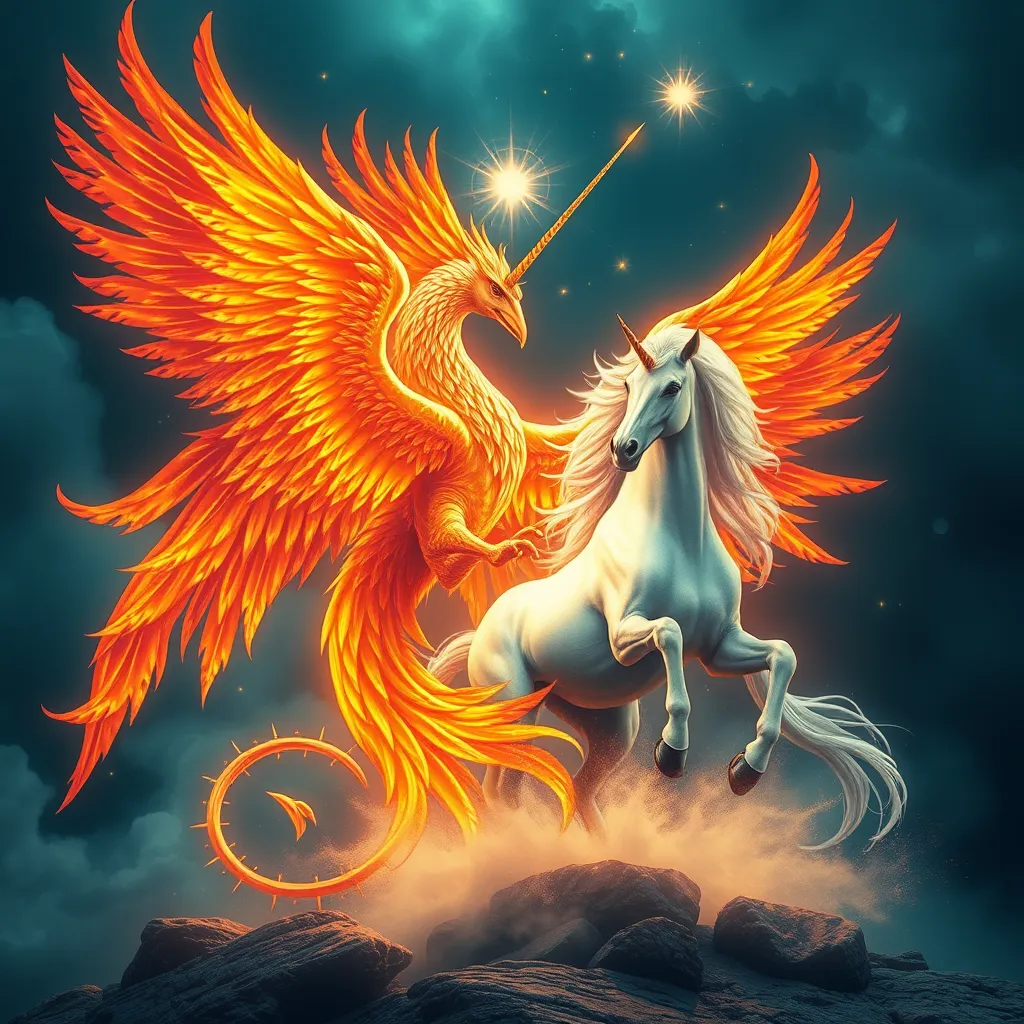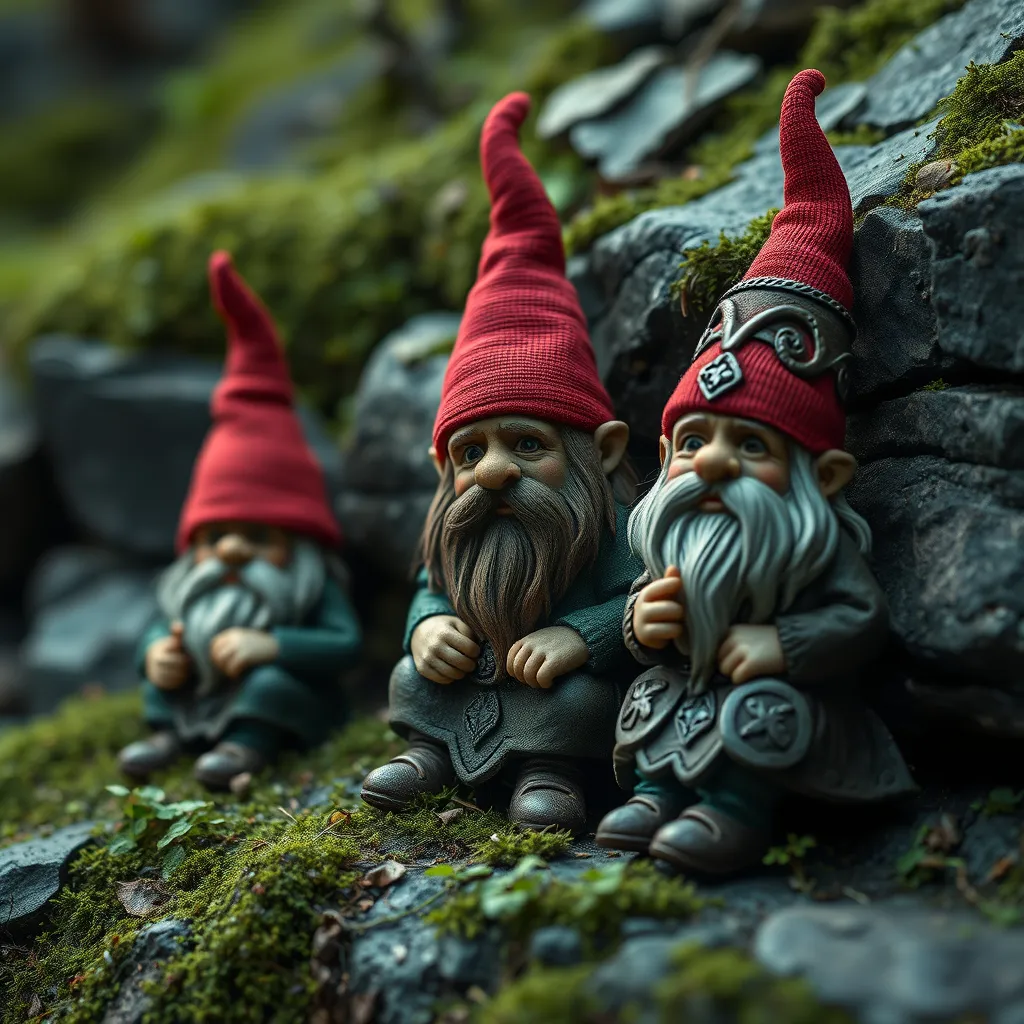The Underworld’s Shadows: Exploring the World of Ghosts and Spirits in Various Mythologies
I. Introduction
Ghosts and spirits are often defined as ethereal beings or manifestations of the deceased, existing in a realm beyond the physical world. These entities are integral to various mythologies, representing the soul’s journey after death and the connection between the living and the dead.
The underworld, a common element in many mythologies, serves as a crucial backdrop for stories of death, the afterlife, and the moral implications of one’s actions during life. This article aims to explore the concept of the underworld and its inhabitants—ghosts and spirits—across different cultures, highlighting their significance and the narratives that shape our understanding of life and death.
We will delve into the characteristics of the underworld in various mythologies, examine specific beliefs surrounding ghosts and spirits in ancient civilizations, and analyze the evolution of these beliefs in modern culture.
II. The Concept of the Underworld Across Cultures
The underworld is often depicted as a shadowy realm where souls reside after death. While interpretations vary widely, several general characteristics can be identified:
- Location: Typically situated beneath the earth, the underworld is often seen as a parallel plane to the living world.
- Guardians and Deities: Many cultures feature deities or spirits that oversee the passage of souls, ensuring they reach their destined resting place.
- Judgment: The concept of judgment is prevalent, where souls are evaluated based on their earthly lives before being granted entry into the afterlife.
Despite these similarities, cultures differ significantly in their perceptions of death and the afterlife:
- Some view death as a transition to a better existence, while others see it as a punishment.
- Beliefs about reincarnation, ancestor worship, and the permanence of the afterlife vary widely.
The role of the underworld in cultural narratives serves to emphasize moral lessons, societal values, and the consequences of human actions, reinforcing the importance of ethical living.
III. Ghosts and Spirits in Ancient Egyptian Mythology
In Ancient Egypt, the afterlife was a central theme, deeply intertwined with their religious beliefs. The god Osiris played a pivotal role as the ruler of the afterlife, overseeing the judgment of souls.
The Book of the Dead, a collection of spells and prayers, was designed to guide the deceased through the trials of the afterlife. This book held significant importance, as it was believed to assist souls in navigating the underworld and gaining eternal life.
Anubis, the god of mummification and the protector of graves, was another critical figure. He was depicted as a jackal or a man with a jackal’s head, overseeing the embalming process and ensuring that souls were safely guided to Osiris for judgment.
IV. The Underworld in Greek Mythology
Greek mythology presents a rich tapestry of beliefs surrounding the underworld, primarily ruled by Hades. This realm is often depicted as a gloomy place, where the souls of the deceased reside.
Key figures in this mythology include:
- The Erinyes: Also known as the Furies, they were avenging spirits who pursued wrongdoers.
- Charon: The ferryman who transported souls across the River Styx to the underworld, requiring payment in the form of an obol.
Ghostly apparitions, or phantoms, were thought to roam the earth, often appearing to the living to convey messages or seek justice. These spirits played essential roles in moral and ethical storytelling, embodying the consequences of one’s actions.
V. Ghosts and Spirits in Asian Mythologies
Asian mythologies present diverse and intricate beliefs about spirits and the afterlife:
A. The Chinese Concept of Spirits and the Afterlife
In Chinese culture, the concepts of Yin and Yang emphasize balance, including the coexistence of the living and the spirits of the deceased. Ancestor worship is a vital practice, with families honoring their ancestors through rituals and offerings, believing that the spirits can influence the fortunes of the living.
B. Japanese Yūrei and Their Cultural Significance
Yūrei, the spirits of the deceased in Japanese folklore, are often depicted as restless souls unable to pass on due to unresolved issues. These spirits are characterized by their white funeral garments and long, unkempt hair. Festivals like Obon celebrate and honor these spirits, reflecting the cultural significance placed upon them.
C. Indian Beliefs Regarding Spirits and Reincarnation
In India, beliefs surrounding spirits are closely linked to the concept of reincarnation. The cycle of birth, death, and rebirth (samsara) is fundamental to Hindu, Buddhist, and Jain philosophies. Spirits, or atman, are seen as eternal, undergoing various forms until achieving moksha, or liberation.
VI. Native American Perspectives on Spirits and the Afterlife
Native American tribes possess rich and varied beliefs regarding spirits and the afterlife, often deeply connected to nature and the environment. The spiritual connection to the land is paramount, with many tribes believing that ancestors continue to influence the living.
Different tribal beliefs and stories about spirits include:
- The Lakota: Emphasize the importance of honoring ancestors through rituals and ceremonies.
- The Navajo: Hold beliefs in skinwalkers, spirits that can transform into animals.
Shamans play a vital role in these cultures, acting as intermediaries between the physical and spiritual worlds, conducting ceremonies to communicate with spirits and guide the living.
VII. The Evolution of Ghostly Legends in Modern Culture
Modern culture has seen a significant evolution of ghostly legends, heavily influenced by ancient mythologies. Contemporary ghost stories often draw on traditional themes, adapting them for modern audiences.
Literature and film frequently revive these ancient beliefs, showcasing ghosts as both benevolent and malevolent beings. Examples include:
- Films like The Sixth Sense and Ghost explore the emotional ties between the living and the dead.
- Literary works, such as those by Shirley Jackson and Edgar Allan Poe, delve into psychological horror, intertwining the supernatural with human emotion.
The psychological and social implications of ghostly beliefs persist today, reflecting our fears, desires, and the universal quest for understanding death and what lies beyond it.
VIII. Conclusion
In summary, the exploration of ghosts and spirits across various mythologies reveals fascinating insights into humanity’s relationship with death and the afterlife. From the structured afterlife of Ancient Egypt to the dynamic beliefs in Asian cultures, these narratives shape our understanding of existence beyond the physical.
The enduring fascination with the underworld and its inhabitants underscores the universal human experience of grappling with mortality. As cultures evolve, so too do their beliefs about the afterlife, continually shaping cultural identities and collective understandings of death.



